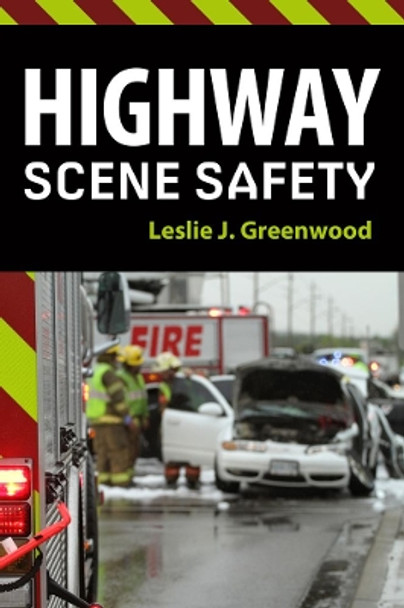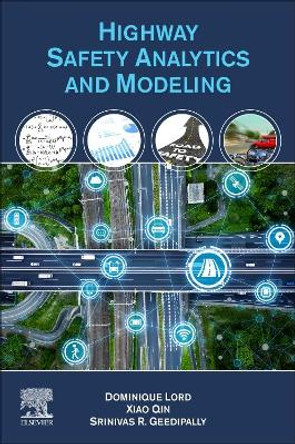Description
About the Author
Leslie Greenwood has 32 years of emergency services work both in and out of New York State. He was the Fire Chief of the Chester Fire Department, a State Fire Instructor, a Fire Investigator, and a Police Officer overseeing the training division. Currently, Leslie is employed with the New York State Office of Fire Prevention and Control. He is a member of the NYS Incident Management Team and has been assigned in the Planning Section to disasters such as the World Trade Center, Hurricanes Dennis and Gustav, and several wildfires. Mr. Greenwood is a certified National Incident Management System instructor for the state, and also serves as a Deputy Coordinator for Special Operations for Orange County Division of Fire. He also serves as a member of the I95 Coalition Tri-State Highway Operations Group for the Lower Hudson Valley in New York.
Reviews
Part I: WHY DO WE NEED TO HAVE SAFETY ON HIGHWAY INCIDENTS? 1. Historic Incidents. 2. Governing Laws, Rules, and Standards. 3. Understanding safety at highway incidents. 4. Vehicle and driver reactions on the roadways. Part II: TRAFFIC MANAGEMENT - THE HOW TO. 5. How does the Manual on Uniform Traffic Control Device Manual work for us. 6. Fundamentals of Traffic Management. 7. Roadway Characteristics. 8. Setting the scene. 9. Proper Signage. 10. Personal Protective equipment. Part III: FLAGGING OPERATIONS. 11. Why train in flagging operations? 12. Standardization of Flagging Methods. 13. Conducting proper flagging procedures. 14. Equipment needed for operations. 15. Communications needs. 16. What is a flagger emergencies? Part IV: PREPLANNING CONSIDERATIONS. 17. Working with different organizations. 18. Conducting Planning Meetings. 19. Detour Considerations. 20. Helicopter Ops and considerations. Part V: INCIDENT ORGANIZATION - QUICK DOWN AND DIRTY OF ICS. 21. What is the National Incident Management System? 22. How to implement ICS at Highway Incidents. 23. Model Examples. 24. Inter-agency cooperation - the four C's - consensus. Part VI: APPARATUS CONSIDERATIONS. 25. Apparatus Designs. 26. Placement of Apparatus. 27. Lighting considerations. Part VII: SAFETY CONSIDERATIONS. 28. Safety Officer Responsibilities. 29. Responder early warning. 30. Responders/Traffic Rehab. 31. Secondary Crashes. 32. Quick clearance policy. Appendix A - Glossary of Terms. Appendix B - Manual on Uniform Traffic Control Devices - Standard. Appendix C - Incident Checklist. Appendix D - ICS Forms.
Book Information
ISBN 9781435469761
Author Leslie Greenwood
Format Paperback
Page Count 160
Imprint Delmar Cengage Learning
Publisher Cengage Learning, Inc
Weight(grams) 226g



